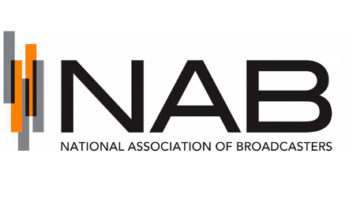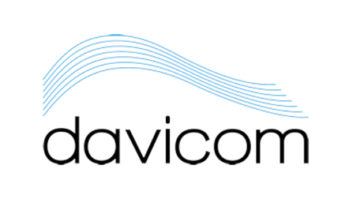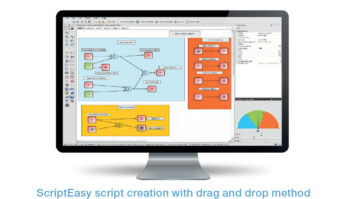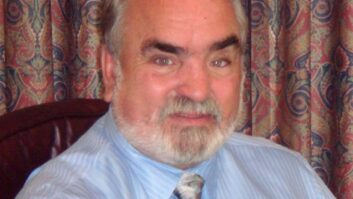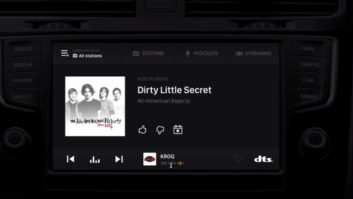As part of our continuing series of short interviews of authors featured in the newly published 11th edition of the NAB Engineering handbook, we asked Paul Shulins, the new VP/CTO of Burk Technology, some questions about his chapter, and where he sees remote controls going over the next 10 years.�
�
Radio magazine: Paul, what would you say is the biggest difference between remote control systems of ten years ago, for the last edition of the handbook, and those of today?
Paul Shulins: One of the biggest advances in remote controls is distributed I/O. In this day and age it is no longer necessary to run dozens of individual wires between your transmitters and remote control. Over the last few years, Burk Technology has lead the industry with products that allow connecting all of your equipment to a remote control by way of analog input, digital status input, and relay contact closures from distributed I/O modules located where you need them, reducing wiring costs and making connections dramatically more reliable and straightforward. Distributed I/O also allows you to buy the right amount of I/O that you require today, and expand with additional modules in the future should your needs grow.
Also with the advent of SNMP, it is now possible to use little more than an Ethernet cable to bring so many different types of equipment into the world of your remote control. Again, Burk has been a pioneer in this area, and the Arc Plus Touch takes full advantage of the SNMP Protocol.
�
Radio: Is there anything in the chapter that you think will be obsolete, and perhaps forgotten about, when the next edition comes out?
Shulins:The world of remote control is constantly changing with the advent of new standards for communications, and new technology that makes better hardware available and affordable. The internet and cloud computing has had a huge impact on broadcasting in general, and remote control is no exception. It is hard to predict what the next couple of years will bring, let alone the next decade, but I do think data communications will continue to mature, and with that comes speed and reliability. Perhaps in 10 years we will see that manufacturers will provide available status for every minute aspect of their equipment, allowing for literally every characteristic of performance to be monitored in real time�in an even more efficient manner than SNMP. �Eventually we may see serial communications using RS-232 and RS-485 replaced with new communication protocols that are more robust, can travel longer distances on inexpensive wires in industrial environments.�
�
Radio: What would you consider to be the most important takeaway of your chapter?�
Shulins: In this era of consolidation, getting your arms wrapped multiple sites that are geographically diverse is more important than ever. There are clever ways to accomplish this, and I wanted to demonstrate some of the ideas I have used over the last few decades to solve some challenges I was faced with in the 1990�s when consolidation was taking place. At that time we did not have the technical staff to run around to all the sites I was charged with maintaining, so using unconventional methods to solve problems, forced me to think outside the box, and some of the examples of my work are detailed in the chapter. I hope this is helpful to other engineers and gets them thinking about how easy it is today to centralize their monitoring and control.�
�
Radio: You�ve joined Burk Technology as the CTO since this chapter was written.� Can you give us any clues as to where you see remote control technology going in the next several years?��
Shulins: Thanks for mentioning my career change! I am very excited to be an important part of the Burk Team. Remote control and monitoring has been my passion for the last 40 years, and working for Burk Technology is like a dream come true for me. I get to take my recent experience in the broadcast industry, and apply it to help develop new products to serve the industry. Knowing what engineers want and need, and then introducing the perfect affordable solution is a very satisfying job, and if you love what you do, it isn�t work at all.�
To answer your question, I think in the next few years you will see some very innovative products that make remote control of technical facilities better. I think the idea of centralized NOC Control centers will become more popular and more important especially to large broadcasting groups with facilities spread out all over the country. My brain is busting with ideas and I think you will see many of them come to life through Burk Technology. There are specific problems that are just begging for solutions, and I intend to help bring those answers to the engineer�s toolbox, in an affordable and reliable way. Stay tuned, the best is yet to come! This is an exciting time to be innovating.
�





